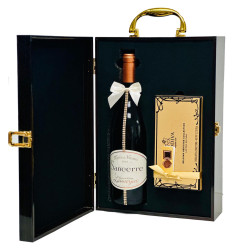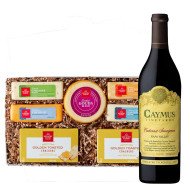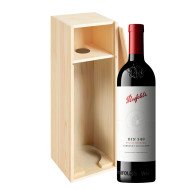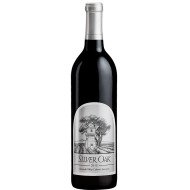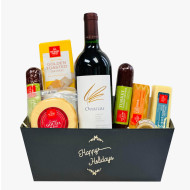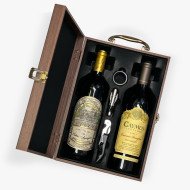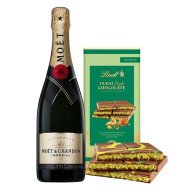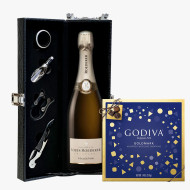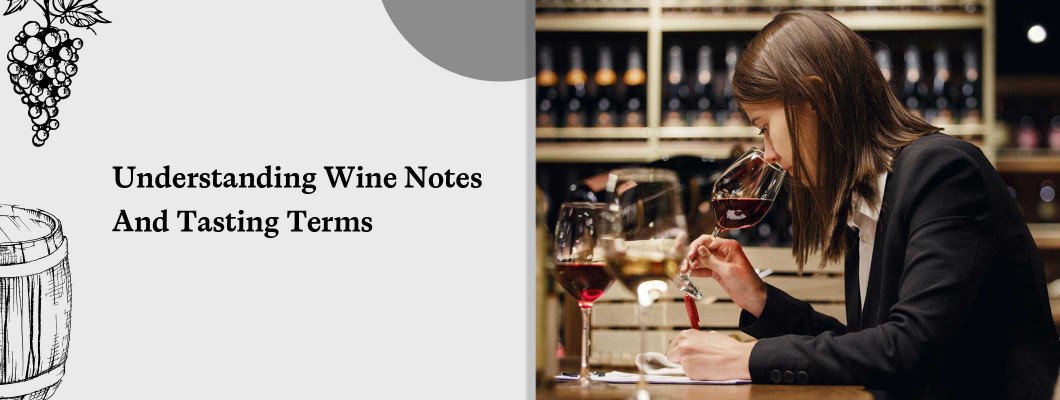
Let’s be honest: wine can sometimes sound a little overwhelming and over the top. If you’ve ever read a wine label or heard someone describe a wine as having “bright acidity with a long leather finish and notes of stone fruit,” you might have quietly nodded while wondering what exactly you’re supposed to taste. Is it even possible to taste leather for real?
The truth is, wine tasting doesn’t have to be complicated. And you definitely don’t need to sound like a sommelier or a wine expert to enjoy it. In fact, once you get the hang of a few simple wine terms, you’ll feel more confident choosing, tasting, and talking about wine—without the jargon.
So whether you’re new to wine or just want to make sense of what’s in your glass, here’s a relaxed, real-world wine guide to understanding wine notes and wine tasting terms.
First Things First—What Are Wine Notes?

Wine notes are just words we use to describe how a wine looks, smells, and tastes like. Think how you describe a grilled chicken—tender, juicy, flavourful—that’s it, just know that you’ve to do the same for wine. Wine tasting notes are not meant to be super-fancy, they’re just a helpful way to remember what you liked (or didn’t) and to talk about wine with other people in a more descriptive way.
Let’s now understand how to taste wine and see where the wine notes actually come from. These easy steps will ensure confidence when you speak of wine tasting notes next time:
- How it looks (colour, clarity) —more often the wine colours are — ruby for red wines, lemon or pale-gold for white wines and pale-pink or salmon-pink for rosé wines.
- How it smells (often the most noticeable)— wines have aromas or wine notes of citrus fruits, red or black fruits, stone or tropical fruits. Wines that have aged positively give more complex wine notes of cigar box, leather and more.
- How it tastes and feels (the flavours, the texture)— wine can feel fuller and heavier or lighter on the palate depending on the type. Red wine notes will often be more intense on nose and palate compared to white wine notes.
- How long the taste lingers after a sip (called the finish)— this is simply the length of time for which you enjoy wine’s flavours on the palate. See if it drinks like water and fades off immediately— call its short finish. If wine flavours linger pleasantly for a while— call it a medium or a long finish, this will mostly hold true in case of complex, aged wines.
Want to taste wine like a pro? Here's our "Wine For Beginners" blog to guide you through all things wine.
Let’s Break Down The Common Wine Terms
1. Body Of A Wine - How Heavy Or Light The Wine Feels
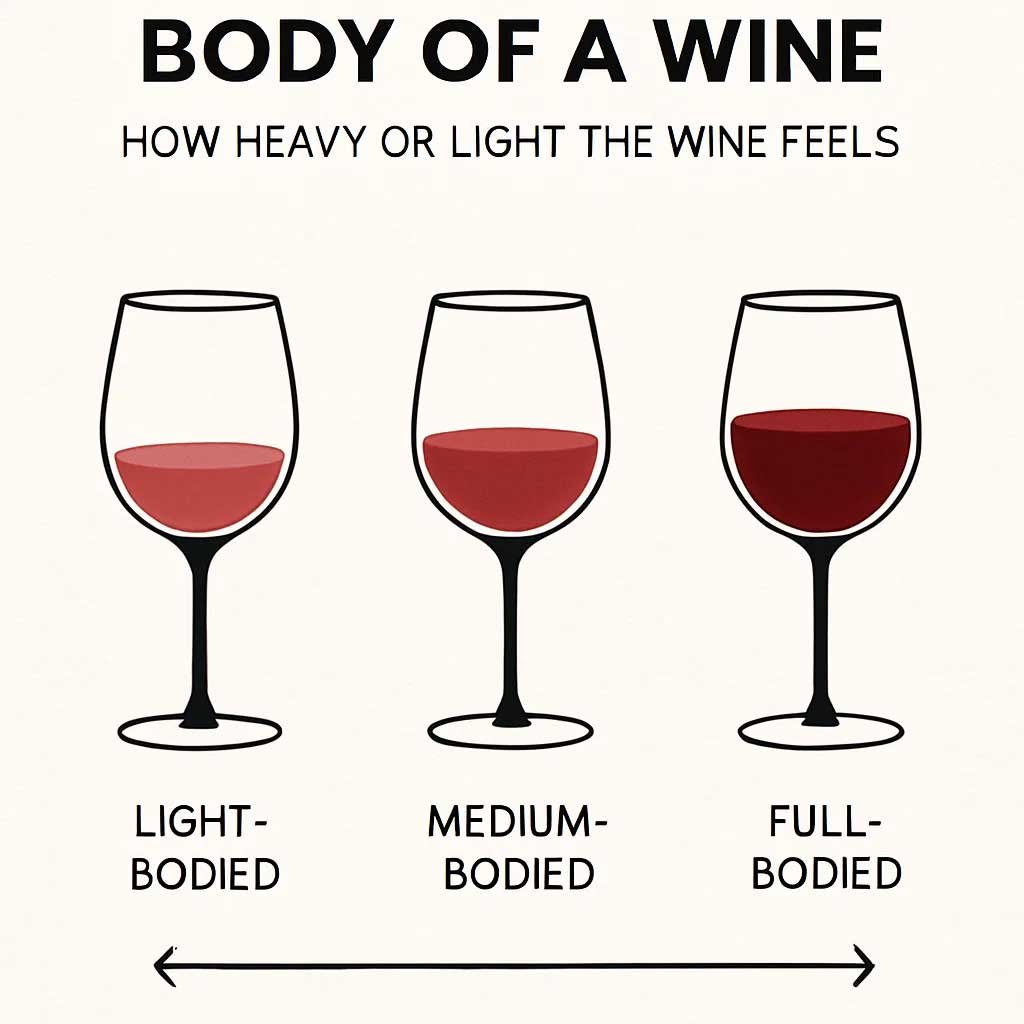
Think of this like milk. Light-bodied wines feel more like skim milk on the palate—refreshing and easy to drink. Full-bodied wines feel more like whole milk or creamy milk—rich, round, and a bit bold at times. Medium-bodied falls somewhere in between.
- Light-bodied wines: Pinot Grigio, Gamay, Sauvignon Blanc
- Medium-bodied wines: Merlot, Chenin Blanc
- Full-bodied wines: Cabernet Sauvignon, Malbec, Chardonnay (especially if Oaked)
When in doubt, the body can often give you a clue about what to pair it with. Lighter wines love lighter food. Bigger wines stand up to hearty and more flavourful dishes.
2. Acidity In Wine - The Zingy, Mouthwatering Part
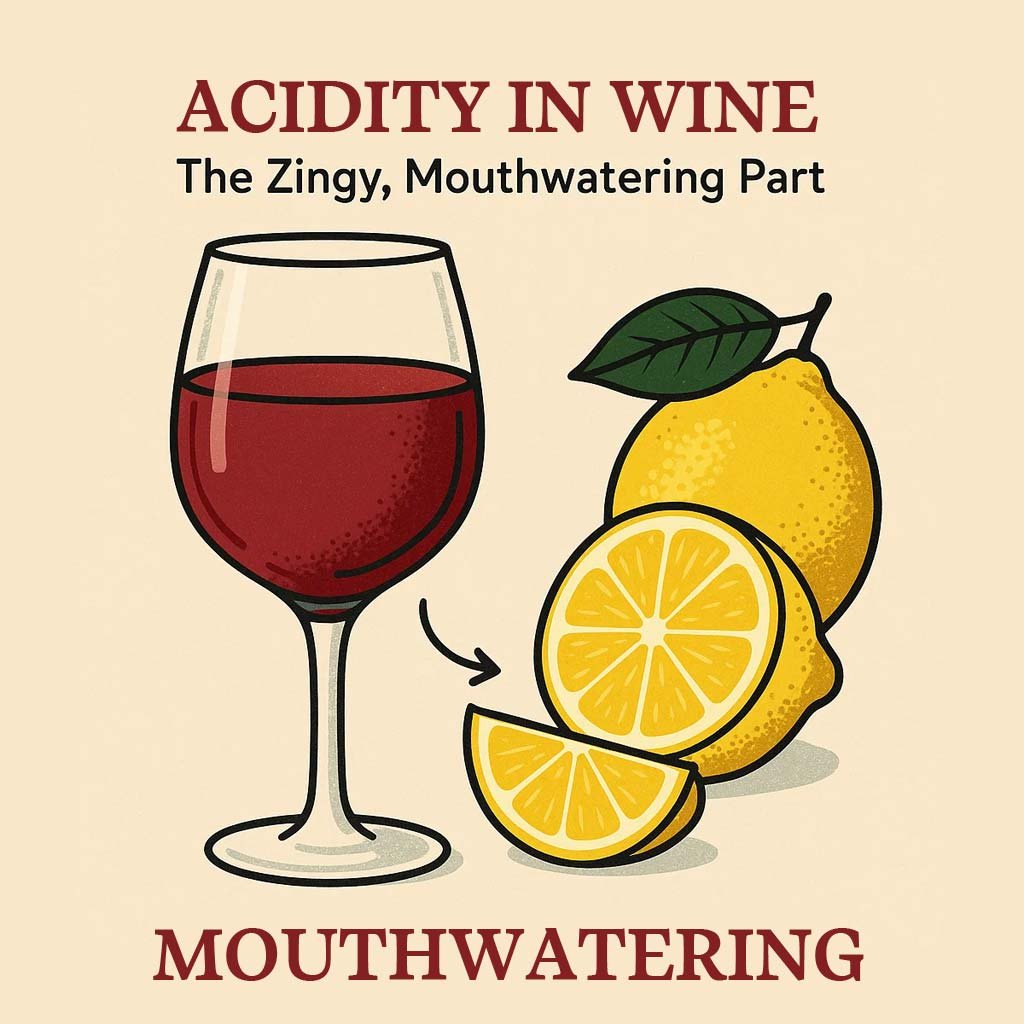
Acidity is what makes a wine taste crisp, bright, and so refreshing. If your mouth waters a bit after a sip, that’s acidity doing its thing, associate low, medium or high acidity with the intensity of mouth watering. Think taking a teaspoon of lemon juice or biting into a very crisp green apple.
- High acid wines: Sauvignon Blanc, Riesling
- Low acid wines: Viognier, warm-climate reds
High-acid wines pair beautifully with rich or oily food because they cut through fat that coats the palate and bring balance between each bite. Ever wonder why Champagne and fried chicken or cheesy pizza and a zesty Sauvignon Blanc taste so good together? That’s the magic of acidity.
3. Tannins In Wine - The Mouth Drying, Grippy Feeling
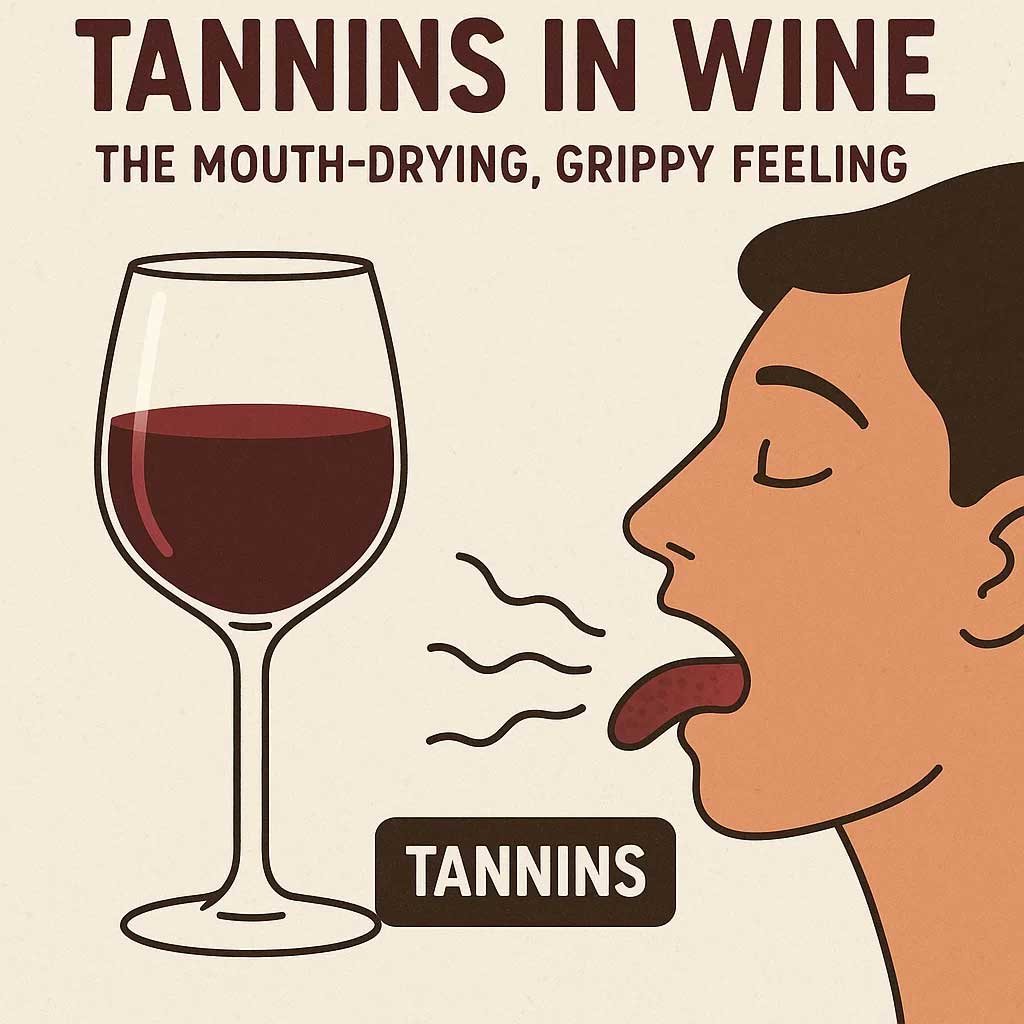
Tannins are mostly found in red wines and come from grape skins, seeds, and sometimes oak barrels. Tannins are responsible for that mouth-drying, puckery and grippy feeling—kind of like when you drink strong black tea.
- High tannins: Cabernet Sauvignon, Nebbiolo, Carmeneré
- Low tannins: Pinot Noir, Barbera, Gamay
Tannins can feel a bit intense on their own, but they mellow down and pair amazingly well with protein dishes —hello, steak night. For a delicious, high protein meal and low carb wine and food pairing — I personally love to pair a Cabernet Sauvignon with a hearty portion of tandoori chicken (Indian style chicken, cooked in a clay oven) with copious amounts of mint chutney that compliments the herbaceous nature of Cabernet Sauvignon. Tannins also work as a backbone to help wines age and evolve positively over time.
Want to experience high, velvety tannins first hand? Order the stunning Italian red wine trio to enjoy intense dark fruit wine notes balanced with acidity and tannins.
4. Fruit Notes In Wine - What The Wine Reminds You Of
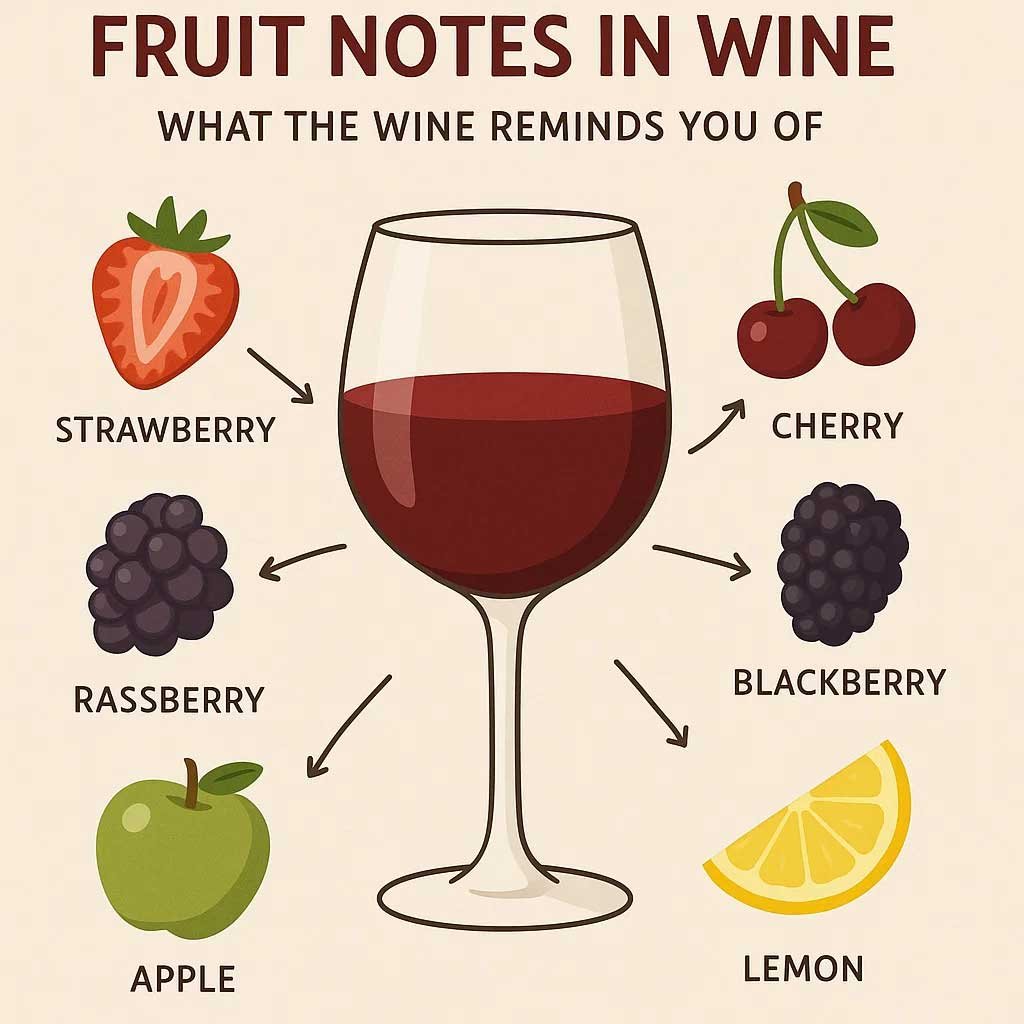
No, wines don’t have actual fruit in them (unless we’re talking sangria). But grapes, as they grow in varying climatic conditions can give off flavours that remind you of all kinds of fruits—and that’s what we describe in wine tasting notes.
- Red fruits: Light bodied red wines often have strawberry, cherry, raspberry like wine notes on the nose. Pinot Noir tasting notes are usually associated with fresh red fruit notes. These grapes are grown in cool to moderate climate regions— resultant wines retain fresh red fruit aromas and flavours.
- Black fruits: Full-bodied red wines possess dark fruit notes of blackberry, blackcurrant, dark plum. Cabernet Sauvignon tasting notes are often linked to dark berry fruit as the wine is more intense on aromas and flavours, along with having high tannins.
- Citrus fruits: Refreshing and crisp whites have wine aromas of lemon, lime, grapefruit and green apples. Try decoding Sauvignon Blanc tasting notes or those of a zesty Chenin Blanc, citrus fruits are what you’ll pick on first. These wines are made from grapes grown in cooler climates.
- Stone fruits: Aromatic white wines like Viognier have prominent aromas of peach, apricot, nectarine. Wines coming from moderate to warm climates often have these aromas as grapes get to ripen more than they do in cooler climates.
- Tropical fruits: Intensely aromatic and juicy white wines like Gewürztraminer have easy to identify wine aromas of pineapple, mango, guava and litchi. These wine grapes grow in moderately warm climate and hence achieve a higher degree of ripeness that gives off tropical fruit aromas.
5. Oak - The Warm, Cozy, Toasty Side Of Wine
Wines that spend time maturing in oak barrels absorb oak’s warm and toasty flavours and aromas —think vanilla, toast, sweet baking spice, coconut, cigar and smoke. Oak can also smooth out a wine, making it feel creamier or richer.
Oaky whites: Tasting notes of a Chardonnay from California will surely be written with warm, toasty and buttery aromas as the wine spends good deal of time in oak barrels — this adds complexity and layers of flavours in Chardonnay wine. Want to try a Chardonnay without the oak influence, go for the cool climate version — Chablis.
Oaky reds: Robust and bold red wines like — Rioja made from grape Tempranillo, aged Bordeaux red wine which is a blend of Cabernet Sauvignon, Merlot and others do age in oak barrels for a considerable amount of time. The sweet spice, cedar wood and cigar like wine notes are a result of affinity a wine has for oak.
If you like baking spices, vanilla like warm and cozy wine notes in your glass — Oaked red wines are your friend.
What speaks cozy better than California wines and chocolate! Order this Josh Cellars Cabernet Sauvignon & Chardonnay Wine Gift Set to make your everyday feel special.
6. Finish - How Long The Wine Flavours Stick Around
The finish is how long the taste stays with you after you swallow. A short finish might disappear quickly—clean and simple. A long finish lingers, evolves, and makes you want to pause and soak the flavours into your senses for a little bit longer before the next sip. It’s one of the ways wine geeks often judge quality—but honestly, it’s also just nice when a great sip stays with you.
A Quick Note On Wine Aromas - Give It A Sniff
Don’t skip the sniff! Our sense of smell, our olfactive power is a huge part of how we experience wine. Give your glass a good swirl, take a deep inhale, and see what comes to mind. It might be fruit, flowers, herbs you sprinkle over your favourite dish, or even something earthy like mushrooms, leather or mud.
The more you practice, the more wine confident you’ll feel—and it’s way more fun when you start picking out aromas that remind you of something personal that you maybe coming across everyday.
You don’t need to speak “wine”—just speak your wine
There’s no test. No wrong answers and of course— NO SNOBBERY! You don’t need to know all the correct and fancy words to enjoy wine. What matters most is knowing what wine notes or wine aromas and flavours you like and being able to describe them in a way that helps you find more wines you enjoy.
If some wines remind you of your grandma’s apple pie, your favourite childhood fruit, or a beach bonfire or even a walk in the rain —say it. These are the aromas you’re relating to and these are what make wine personal and memorable.
Final Thoughts: It’s Not About Being Fancy—It’s About Feeling Comfortable
Wine tasting is not about showing off. It’s about slowing down, paying attention, and finding joy in the love and labour behind each wine bottle and something so simple yet special that fits in a glass. Once you learn a few tasting terms and start trusting your own palate and nose, you’ll feel a lot more comfortable exploring, pairing, and talking about wine—whether you’re choosing a bottle at dinner or hosting your own mini wine tasting with friends. You will uncork wine aromas and flavours and talk about wine notes comfortably and confidently.
So next time someone says a wine has “bright acidity and notes of tropical fruit,” you’ll know exactly what that means and why —and better yet, you’ll know whether it sounds like something you’d love.
Disclaimer: This blog is for educational purposes only. Wine preferences are subjective, and individual experiences may vary. Always consume alcohol responsibly and in accordance with local laws and regulations. The author and publisher are not responsible for any adverse effects from wine consumption or reliance on this content.






